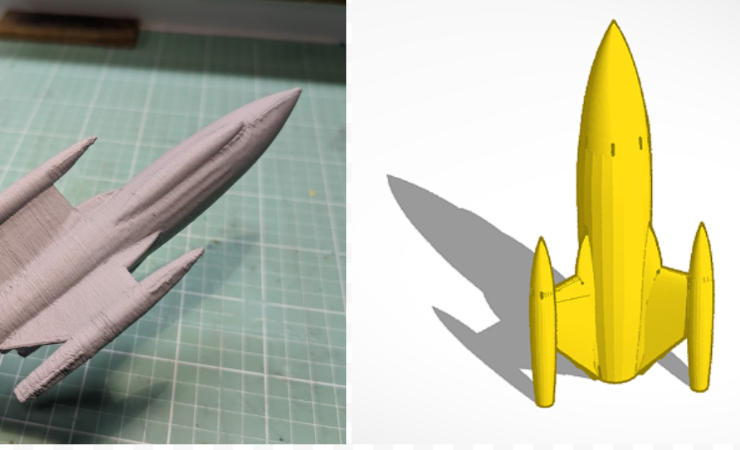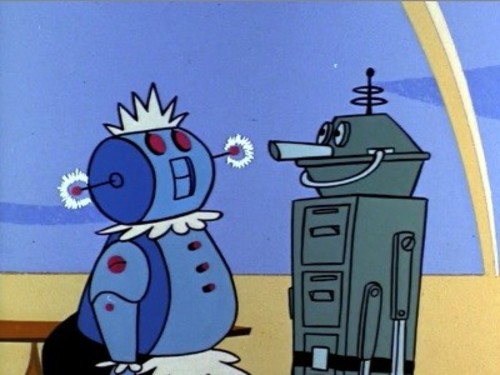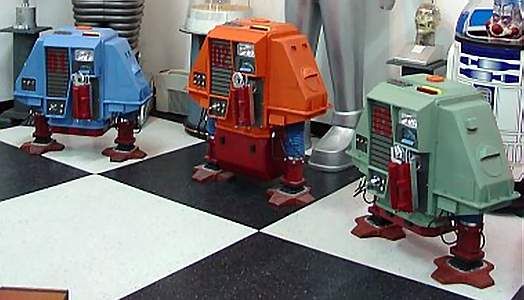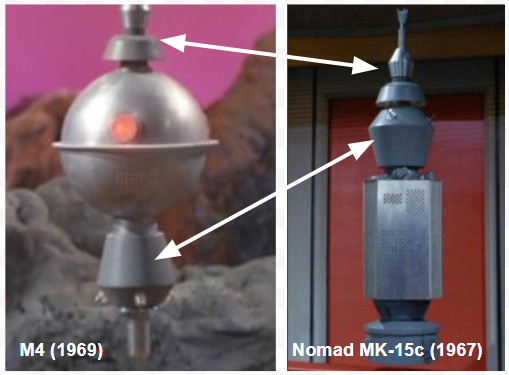I used Tinkercad to make my latest Retro-design rocketship. The forward-swept wings, the thick fin-root nacelles, the pointy nose and the long cockpit canopy are reminiscent of the American space race design phase following the launch of Sputnick by the Soviet Union in 1957. Big fins adorned American automobiles along with an obsession over aerodynamic looks in just about every appliance.
I know why my print is lousy. It’s the temperature. My FDM printer is located in an unheated room. As such, the filament goes from cold to hot too fast and bubbles appear. I can play with my slicer program all I want, and I get marginal improvements. That’s the nature of PLA filament. But I don’t have the time and patience to fool with ABS with a weak printer. Fortunately my LCD resin printer, even when cold, never fails to impress.
Robots and Rocketships will be a resin operation from this point forward. The FDM prints will be things of utility.







